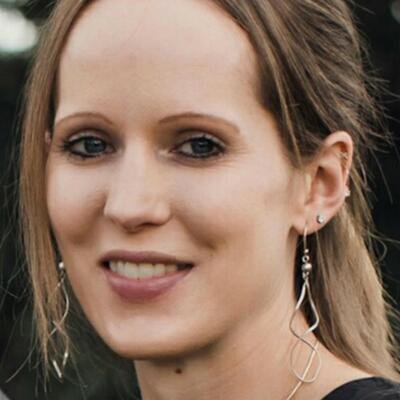
When it comes to setting goals, educators may feel like it’s just another box to check, but when done correctly, it isn’t a chore. In fact, it can have a positive impact both professionally and for student outcomes. There are two key aspects of goal-setting to keep in mind – your goals should be measurable and you should have a method to track your progress.
The start of the school year is a great time to create goals because everyone is excited for the new year, and you’ve likely attended orientations where district and school goals have been shared. These higher-level goals are important to keep in mind so you’re in alignment with your leaders on both the administrative and district levels. Regardless of whether goal setting is a requirement, it’s a worthwhile practice because it’ll serve both you and your students – it’s a win-win!
Step One: Brainstorm
Think about what you’d like to achieve professionally. It could be something you’ve been meaning to do for a while but haven’t found the time or resources, something exciting and innovative, or a way to reduce inefficiencies. Determine goals that will be particularly impactful for you and will cascade to your students.
Step Two: Method
List the steps you’ll take to accomplish your goals. For example, if you want to implement a new strategy in your class, you may need to research first, see it in action in another classroom or recruit the support of your principal or an instructional coach. List anything that might help you successfully achieve your goals.
Step Three: Accountability
An accountability partner can help keep you focused. Ideally, this is someone who can challenge you intellectually and respectfully, a colleague or someone who understands the field of education who might have similar goals. Sharing ideas and being vulnerable with data in conversations with this person (or even a group of people) can help you stay on track.
Step Four: Checkpoints
Break your steps down in a way that makes sense and is feasible. Set checkpoints throughout the school year for you to check your progress. You can break down your checkpoints into equal segments along the timeline you want to have your goals accomplished by. They can also serve as mini deadlines along the way, and you can easily make notes in your calendar or schedule emails as reminders.
Step Five: Measures
Determine parameters that will demonstrate your progress. Set tangible or actionable measures that will make it easy to see if you’ve accomplished your steps for each checkpoint. For example, by the end of September, you will have researched and identified four new strategies to incorporate in your lessons. By the end of October, you will have implemented at least one of those strategies, and so on. Continue your list of checkpoints and measures through fully accomplishing your goal.
Step Six: Monitor
If you haven’t met your checkpoint, reflect on the delay and adjust if necessary. If the checkpoint wasn’t helpful or feasible, set a new one to make your goal and your progress toward it as impactful as possible.
Step Seven: Reflect
At the end of the school year, evaluate whether you met your goals. Determine if you need to continue working on the same goal, make slight adjustments to increase effectiveness and efficiency or start over on a completely new goal.
Continuous improvement can help you become the best educator you can be for your students. While it might take some extra time, once you set up a system, it will be worth it.
Your goals to become an educator or further your education career are important to American College of Education. View our programs here to find out how we can help you get to the next step in your career.

